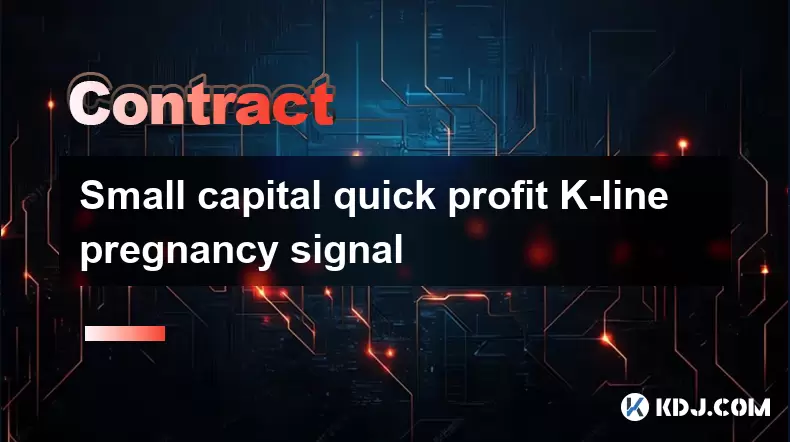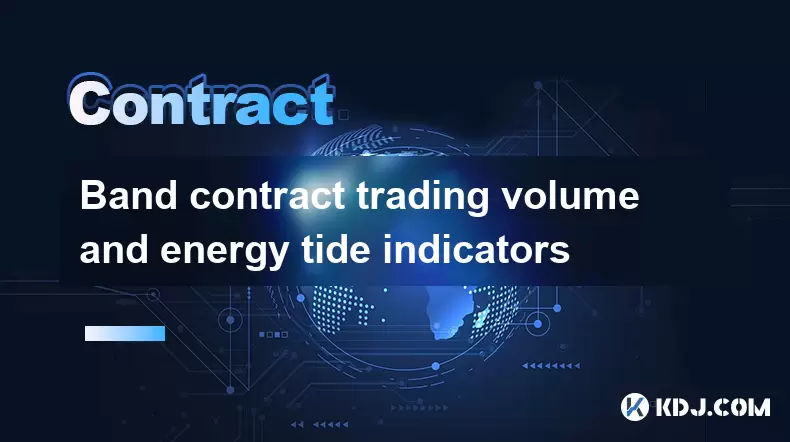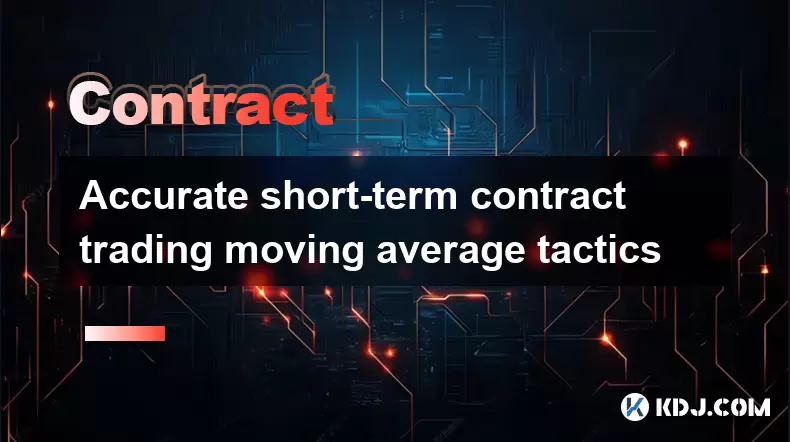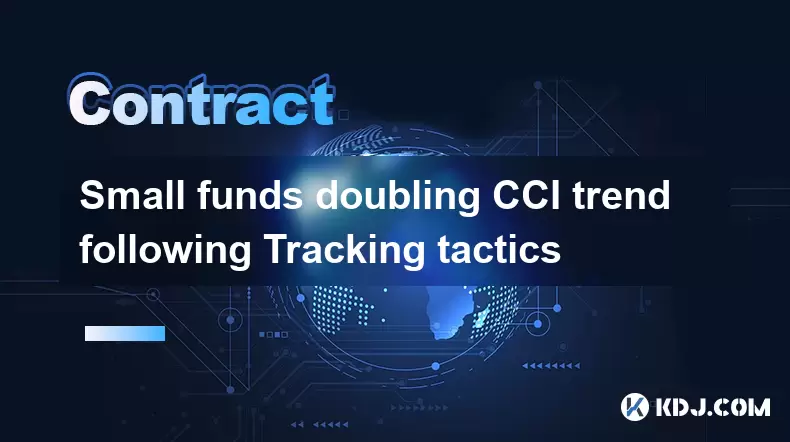-
 Bitcoin
Bitcoin $104,977.2024
-0.79% -
 Ethereum
Ethereum $2,618.2067
-0.03% -
 Tether USDt
Tether USDt $1.0004
-0.02% -
 XRP
XRP $2.2090
-2.35% -
 BNB
BNB $666.7281
-0.15% -
 Solana
Solana $154.0605
-2.14% -
 USDC
USDC $0.9997
-0.02% -
 Dogecoin
Dogecoin $0.1896
-3.18% -
 TRON
TRON $0.2726
1.32% -
 Cardano
Cardano $0.6727
-3.66% -
 Hyperliquid
Hyperliquid $35.7697
-3.19% -
 Sui
Sui $3.1869
-2.98% -
 Chainlink
Chainlink $13.8494
-3.59% -
 Avalanche
Avalanche $20.1630
-6.35% -
 Stellar
Stellar $0.2677
-2.75% -
 UNUS SED LEO
UNUS SED LEO $8.9617
-0.61% -
 Bitcoin Cash
Bitcoin Cash $401.1624
-0.76% -
 Toncoin
Toncoin $3.1899
-0.55% -
 Shiba Inu
Shiba Inu $0.0...01289
-1.80% -
 Hedera
Hedera $0.1683
-2.98% -
 Litecoin
Litecoin $88.8825
-1.89% -
 Polkadot
Polkadot $4.0342
-3.77% -
 Monero
Monero $318.8920
-8.69% -
 Ethena USDe
Ethena USDe $1.0011
-0.02% -
 Bitget Token
Bitget Token $4.7273
-2.13% -
 Dai
Dai $0.9998
-0.02% -
 Pepe
Pepe $0.0...01196
-3.71% -
 Pi
Pi $0.6483
-0.29% -
 Aave
Aave $264.4624
-0.45% -
 Uniswap
Uniswap $6.3144
-5.66%
Breaking through the upper track of the Bollinger Band is overbought? Can you take more when the callback is at the midline?
When a cryptocurrency breaks the upper Bollinger Band, traders often wait for a callback to the midline to buy, but this strategy requires careful risk management.
Jun 02, 2025 at 11:07 am

The Bollinger Bands are a popular technical analysis tool used by traders to gauge the volatility and potential price movements of cryptocurrencies. The bands consist of a middle line, which is typically a simple moving average, and two outer bands that are standard deviations away from the middle line. When the price of a cryptocurrency breaks through the upper track of the Bollinger Band, it often signals that the asset might be overbought. However, the question remains whether it's a good strategy to take more positions when the price callbacks to the midline.
Understanding Bollinger Bands
Bollinger Bands were developed by John Bollinger in the early 1980s. They are designed to provide a relative definition of high and low prices and to identify periods of high and low volatility. The middle band is usually a 20-day simple moving average (SMA), while the upper and lower bands are typically set two standard deviations away from the middle band.
The upper band represents a level at which the price is considered high, while the lower band represents a level at which the price is considered low. When the price breaks above the upper band, it is often interpreted as a signal that the asset is overbought, suggesting that a price correction might be imminent. Conversely, breaking below the lower band might indicate that the asset is oversold.
Interpreting an Upper Band Breakout
When the price of a cryptocurrency breaks through the upper Bollinger Band, it can be a sign of strong bullish momentum. However, it also raises concerns about the sustainability of the price movement. Traders often look for signs of a potential pullback or reversal when this occurs.
An overbought condition does not necessarily mean that the price will immediately reverse. It simply suggests that the asset may be due for a correction. The extent and duration of any subsequent pullback can vary widely, depending on market conditions and other influencing factors.
The Midline Callback Strategy
A common strategy among traders is to wait for the price to callback to the midline of the Bollinger Bands after it has broken through the upper band. The midline, being the 20-day SMA, represents a level of equilibrium in the market. When the price returns to this level, it can be seen as a potential buying opportunity, especially if other indicators confirm the bullish trend.
However, taking more positions when the price callbacks to the midline is not without risks. It requires careful consideration of other technical indicators and market conditions. Traders should look for additional confirmation signals, such as positive momentum indicators or bullish candlestick patterns, to increase the probability of a successful trade.
Assessing the Risks and Rewards
The decision to take more positions when the price callbacks to the midline after breaking through the upper Bollinger Band involves weighing the potential risks and rewards. On one hand, if the bullish trend continues, buying at the midline could lead to significant profits. On the other hand, if the price fails to resume its upward trajectory, traders could face losses.
Risk management is crucial in such scenarios. Traders should set clear stop-loss levels to limit potential losses and use position sizing to ensure that no single trade can significantly impact their overall portfolio. Additionally, diversifying across different assets can help mitigate the risk associated with any single trade.
Practical Application in Cryptocurrency Trading
To apply the midline callback strategy in cryptocurrency trading, traders can follow these steps:
- Identify the Bollinger Bands: Plot the Bollinger Bands on your chosen cryptocurrency's price chart. Ensure that the middle band is set to a 20-day SMA and the outer bands are set to two standard deviations.
- Monitor for an Upper Band Breakout: Watch for the price to break above the upper Bollinger Band. This could indicate that the cryptocurrency is entering an overbought condition.
- Wait for a Callback to the Midline: After the upper band breakout, wait for the price to pullback to the midline (the 20-day SMA). This pullback could present a buying opportunity.
- Confirm with Other Indicators: Before taking a position, confirm the potential trade with other technical indicators such as the Relative Strength Index (RSI), Moving Average Convergence Divergence (MACD), or bullish candlestick patterns.
- Execute the Trade: If all indicators align, enter a long position at the midline. Set a stop-loss below the midline to manage risk.
- Monitor the Trade: Keep an eye on the price movement and adjust your stop-loss and take-profit levels as necessary to lock in profits and limit losses.
Example of a Midline Callback Trade
Let's consider a hypothetical example to illustrate the midline callback strategy. Suppose the price of Bitcoin breaks above the upper Bollinger Band at $50,000. After the breakout, the price begins to pullback and eventually reaches the midline at $48,000.
- Identify the Bollinger Bands: The Bollinger Bands are plotted on the Bitcoin chart, with the middle band at $48,000.
- Monitor for an Upper Band Breakout: Bitcoin breaks above the upper band at $50,000, indicating a potential overbought condition.
- Wait for a Callback to the Midline: The price pulls back to the midline at $48,000.
- Confirm with Other Indicators: The RSI is at 55, indicating neutral momentum, and a bullish engulfing candlestick pattern forms at the midline.
- Execute the Trade: A long position is entered at $48,000 with a stop-loss set at $47,000.
- Monitor the Trade: The price resumes its upward movement, reaching $52,000, at which point the trader takes profits.
Frequently Asked Questions
Q: Can Bollinger Bands be used alone for trading decisions?
A: While Bollinger Bands are a powerful tool, they are best used in conjunction with other technical indicators to increase the accuracy of trading signals. Relying solely on Bollinger Bands can lead to false signals and increased risk.
Q: How often should the Bollinger Bands be recalibrated?
A: Bollinger Bands are typically set to a 20-day SMA and two standard deviations. These settings can be adjusted based on the trader's preference and the specific market conditions. However, frequent recalibration is not necessary unless there is a significant change in market volatility.
Q: Is the midline callback strategy suitable for all market conditions?
A: The effectiveness of the midline callback strategy can vary depending on market conditions. It tends to work best in trending markets where the price is likely to resume its direction after a pullback. In range-bound markets, the strategy may be less effective.
Q: What other indicators can be used to confirm a midline callback trade?
A: In addition to the RSI and MACD mentioned earlier, traders can also use the Stochastic Oscillator, the Average Directional Index (ADX), or volume indicators like the On-Balance Volume (OBV) to confirm a midline callback trade. Each of these indicators provides additional insights into market momentum and trend strength.
Disclaimer:info@kdj.com
The information provided is not trading advice. kdj.com does not assume any responsibility for any investments made based on the information provided in this article. Cryptocurrencies are highly volatile and it is highly recommended that you invest with caution after thorough research!
If you believe that the content used on this website infringes your copyright, please contact us immediately (info@kdj.com) and we will delete it promptly.
- Dogecoin (DOGE) Price Prediction: Meme Cryptocurrency Could Reach $1.05 by Early June
- 2025-06-05 11:00:28
- Token-Mol: A Large-Scale Language Model for Molecular Pre-training
- 2025-06-05 11:00:28
- TLDR: Dogecoin (DOGE) Price Breaks Out As Market Cap Reaches $32 Billion, Targeting $0.65
- 2025-06-05 10:55:13
- Bitcoin (BTC) Hits Crucial Resistance Level That Could Push or Halt Its Rally Toward a New All-Time High (ATH)
- 2025-06-05 10:55:13
- Global Cryptocurrency Market Cap Now Stands at $3.32T, Down by 1.21% Over the Last Day
- 2025-06-05 10:50:13
- Uzbekistan Launches HUMO Token Pilot Targeting Financial Inclusion and Modernization
- 2025-06-05 10:50:13
Related knowledge

Small capital quick profit K-line pregnancy signal
Jun 01,2025 at 06:07am
Introduction to K-line Pregnancy SignalThe K-line pregnancy signal is a popular technical analysis tool used by cryptocurrency traders to identify potential quick profit opportunities, especially with small capital. This signal is derived from the concept of candlestick patterns, specifically focusing on the formation that resembles a pregnancy. When tr...

EMA slope breakthrough strategy in contract trading
Jun 03,2025 at 04:56pm
The EMA (Exponential Moving Average) slope breakthrough strategy is a popular technical analysis method used by traders in the cryptocurrency market, particularly in contract trading. This strategy leverages the sensitivity of the EMA to price changes, making it a useful tool for identifying potential entry and exit points in the market. In this article...

Band contract trading volume and energy tide indicators
Jun 05,2025 at 12:08am
Band contract trading volume and energy tide indicators are essential tools used by traders within the cryptocurrency market to analyze market trends and make informed trading decisions. These indicators help traders gauge the momentum and potential direction of price movements for various cryptocurrencies. In this article, we will delve into the specif...

Accurate short-term contract trading moving average tactics
Jun 01,2025 at 12:42pm
In the world of cryptocurrency, short-term contract trading is a popular strategy among traders looking to capitalize on the volatile nature of digital assets. One of the key tools used in this approach is the moving average (MA). This article delves into the tactics of using moving averages for short-term contract trading, providing a detailed guide to...

Contract trading Bollinger Band + MACD combination skills
Jun 05,2025 at 06:28am
Introduction to Contract TradingContract trading in the cryptocurrency market allows traders to speculate on the price movements of digital assets without owning the underlying asset. This form of trading is popular due to its potential for high leverage, which can amplify both gains and losses. To navigate the volatile crypto market effectively, trader...

Small funds doubling CCI trend following Tracking tactics
Jun 03,2025 at 07:15pm
Understanding the CCI IndicatorThe Commodity Channel Index (CCI) is a versatile indicator used in technical analysis to help traders identify cyclical trends in the price of an asset. Developed by Donald Lambert, the CCI measures the difference between an asset's price change and its average price change. High values of the CCI indicate that prices are ...

Small capital quick profit K-line pregnancy signal
Jun 01,2025 at 06:07am
Introduction to K-line Pregnancy SignalThe K-line pregnancy signal is a popular technical analysis tool used by cryptocurrency traders to identify potential quick profit opportunities, especially with small capital. This signal is derived from the concept of candlestick patterns, specifically focusing on the formation that resembles a pregnancy. When tr...

EMA slope breakthrough strategy in contract trading
Jun 03,2025 at 04:56pm
The EMA (Exponential Moving Average) slope breakthrough strategy is a popular technical analysis method used by traders in the cryptocurrency market, particularly in contract trading. This strategy leverages the sensitivity of the EMA to price changes, making it a useful tool for identifying potential entry and exit points in the market. In this article...

Band contract trading volume and energy tide indicators
Jun 05,2025 at 12:08am
Band contract trading volume and energy tide indicators are essential tools used by traders within the cryptocurrency market to analyze market trends and make informed trading decisions. These indicators help traders gauge the momentum and potential direction of price movements for various cryptocurrencies. In this article, we will delve into the specif...

Accurate short-term contract trading moving average tactics
Jun 01,2025 at 12:42pm
In the world of cryptocurrency, short-term contract trading is a popular strategy among traders looking to capitalize on the volatile nature of digital assets. One of the key tools used in this approach is the moving average (MA). This article delves into the tactics of using moving averages for short-term contract trading, providing a detailed guide to...

Contract trading Bollinger Band + MACD combination skills
Jun 05,2025 at 06:28am
Introduction to Contract TradingContract trading in the cryptocurrency market allows traders to speculate on the price movements of digital assets without owning the underlying asset. This form of trading is popular due to its potential for high leverage, which can amplify both gains and losses. To navigate the volatile crypto market effectively, trader...

Small funds doubling CCI trend following Tracking tactics
Jun 03,2025 at 07:15pm
Understanding the CCI IndicatorThe Commodity Channel Index (CCI) is a versatile indicator used in technical analysis to help traders identify cyclical trends in the price of an asset. Developed by Donald Lambert, the CCI measures the difference between an asset's price change and its average price change. High values of the CCI indicate that prices are ...
See all articles























































































